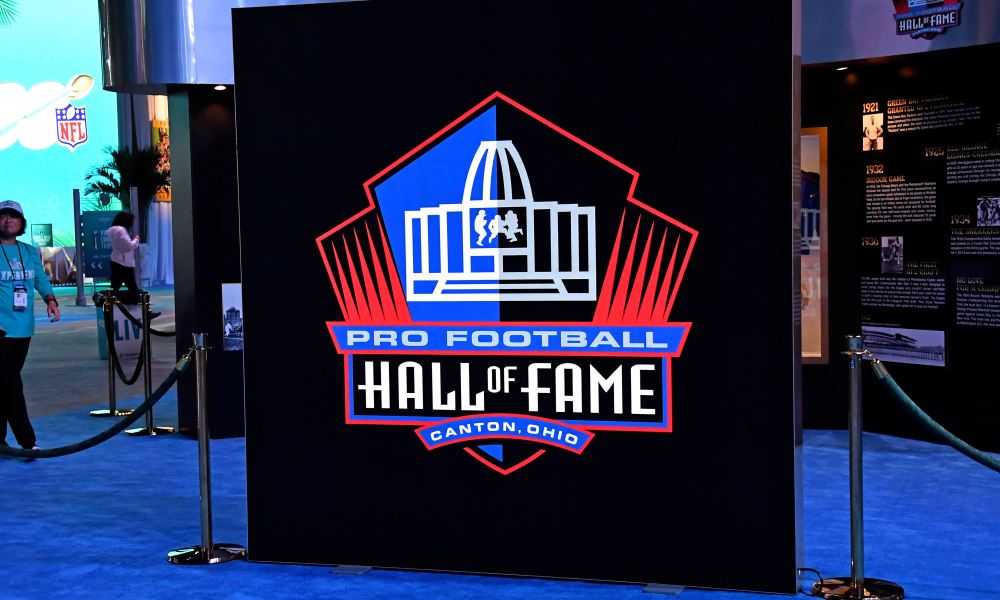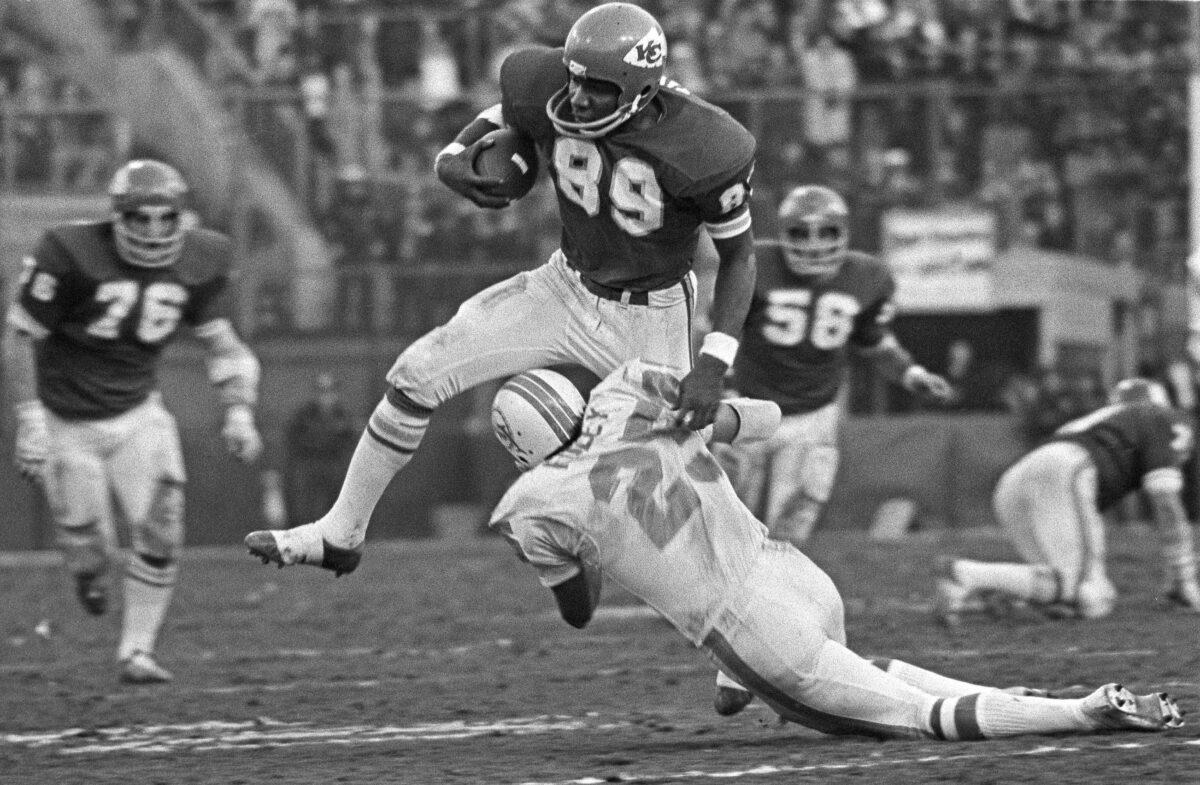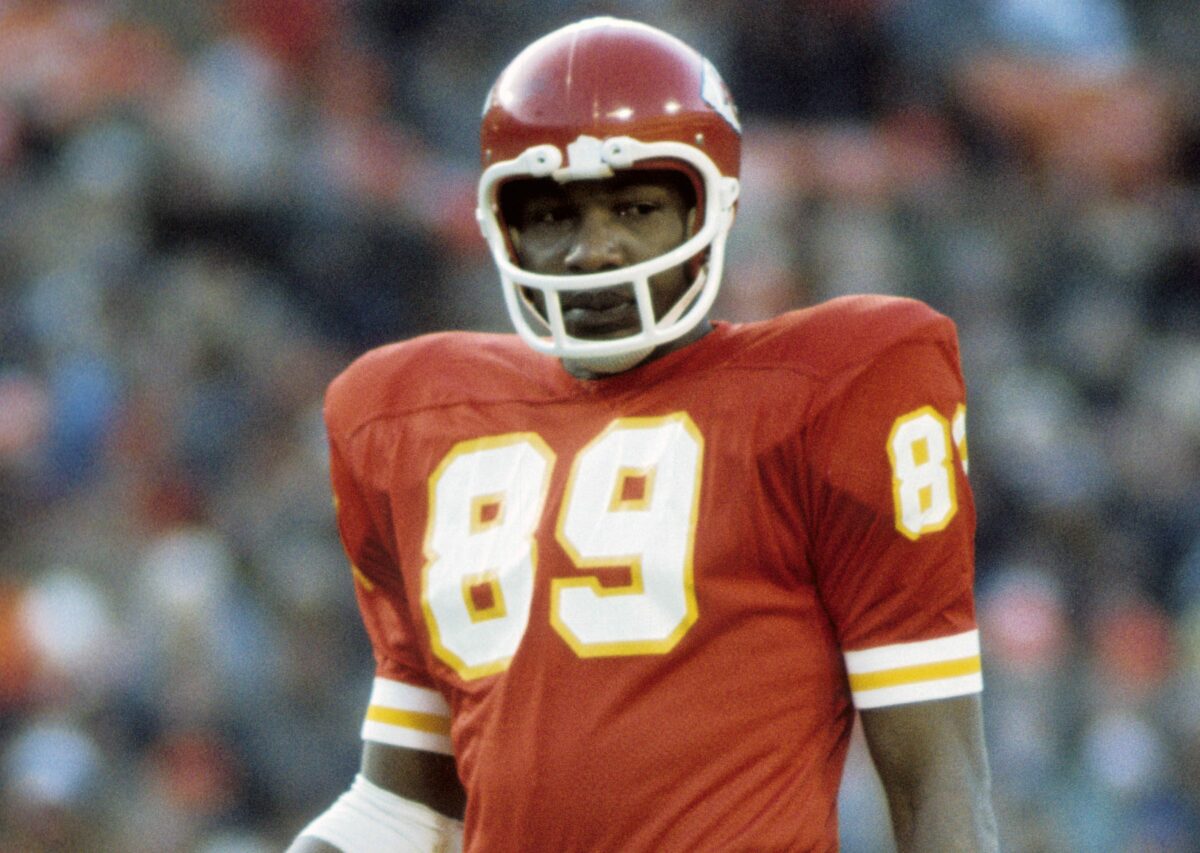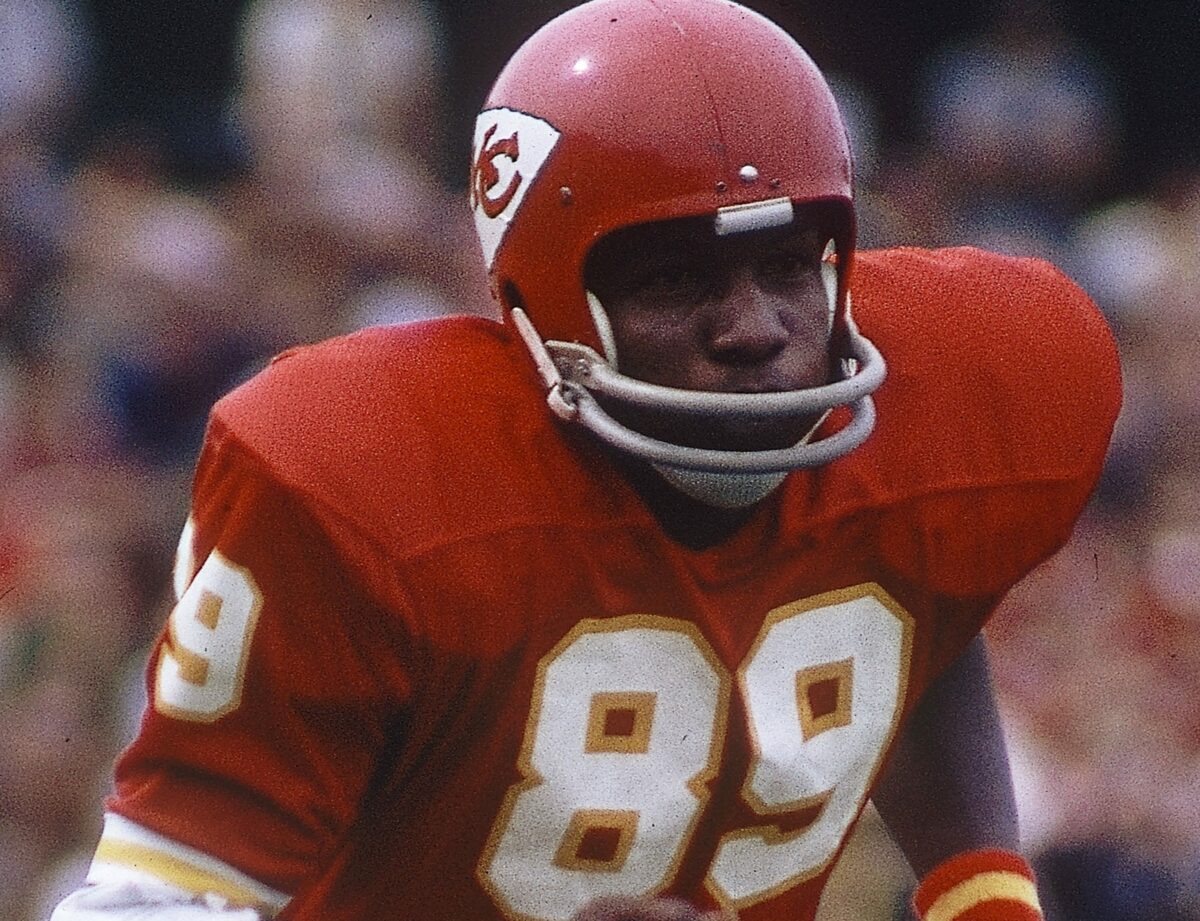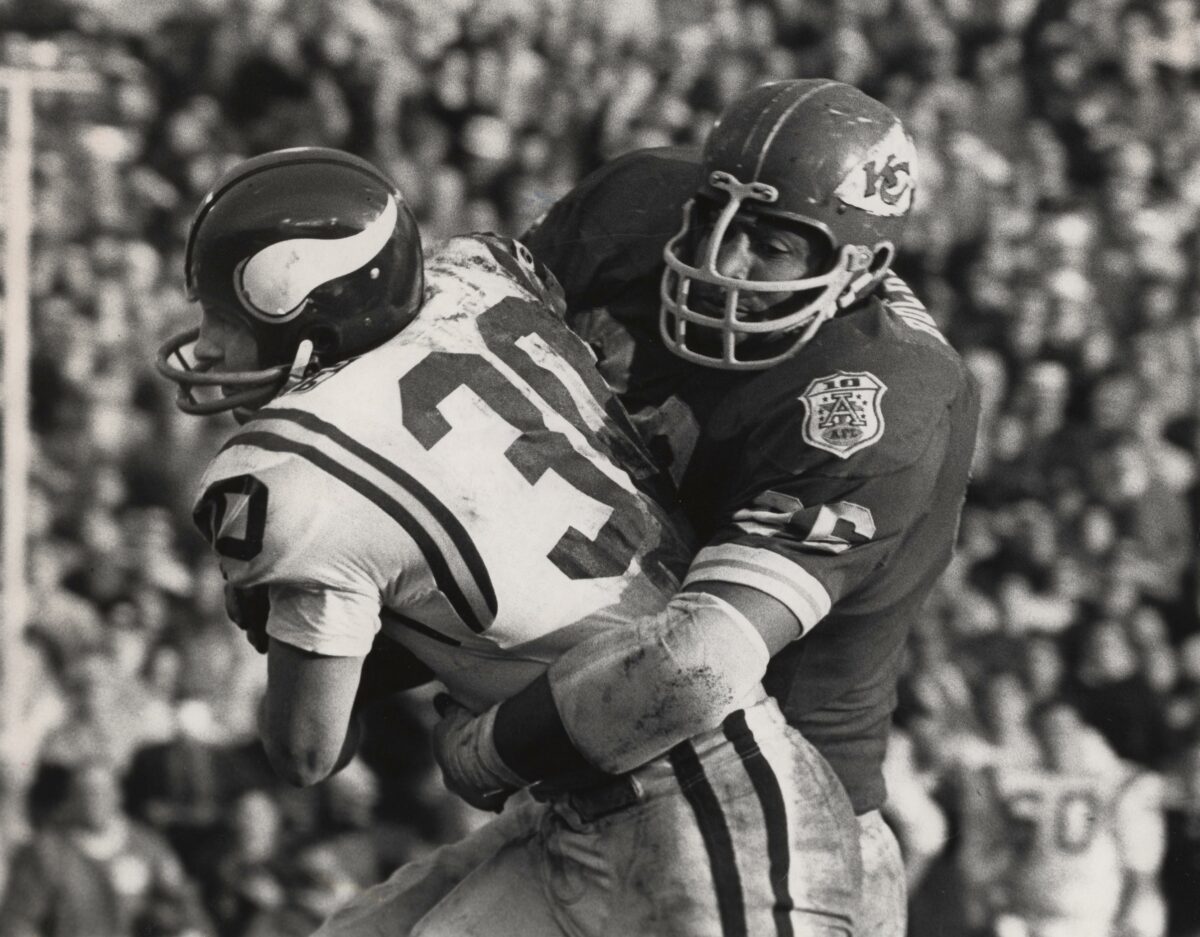Washington Commanders defensive coordinator Jack Del Rio has an interesting history re: peaceful protest vs. violent rebuttal.
It has not been a banner week for Washington Commanders defensive coordinator Jack Del Rio. His comments about the January 6, 2021 insurrection on the United States Capitol, which Del Rio referred to as a “dust-up,” did not go over well. Del Rio eventually had to apologize, both the NAACP and the Fritz Pollard Alliance called for his firing, and he was fined $100,000 by the team, proof of which was a statement released by head coach Ron Rivera. Del Rio’s comments, in which he referred to the insurrection as a “dust-up,” may be the “nail in the coffin” when it comes to the Commanders’ hopes for a new stadium.
In that statement, Rivera said, “Coach Del Rio did apologize for his statements on Wednesday and he understands the distinction between the events of that dark day and peaceful protests, which are a hallmark of our democracy.”
A nice thought, but history tells us otherwise. On the subject of Colin Kaepernick, Del Rio had this to say in 2016 as the then-Oakland Raiders’ head coach:
“I’ve never come to a point where I’ve had to address it. It’s always been understood; you stand at attention, you pay respect to our flag, our country, so it’s kind of always been kind of an assumed thing. I never really had to talk about it.
“I think the best way to look at it is in America as individuals we all have freedoms and that’s one of the things that make our country great. You may not always like or appreciate the fact that somebody else is expressing themselves. For us I think it’s more about recognizing you’re part of an organization and you represent our organization and our organization believes that you should pay respect to the flag. Save those individual decisions to express yourself on an individual forum. That’s how we feel, in talking to Mark Davis, how the football team feels about it, how our organization feels about it, and that’s right in line with my thinking about it as well.
“When you look the Raiders, you look at an organization that’s historically been at the forefront of civil rights, and social movements. We hired the first African American head coach, hired the first Latino American head coach, hired the first female in the front office. So, I think clearly the Raiders organization has always been at the forefront of that. But, our organization believes that you should act as a good teammate and a good organizational member and do the right thing.”
So… peaceful protests are okay, if I agree with what you’re protesting. Not that Kaepernick’s protests had anything to do with the flag or the anthem — he was protesting police brutality, as were those Del Rio tried to equate with those who invaded the Capitol building.
Going back to Del Rio’s time as a player, there’s one incident from 1987 that further submarines his alleged interest in peaceful protest. This was during the NFL strike of that year, and tensions between players and management were obviously very high. When the NFL decided to bring in replacement players to offset the revenue loss due to no games, that clearly upped the ante.
Del Rio was a linebacker for the Kansas City Chiefs at the time, and of all NFL players, he seemed to be the least interested in any kind of peaceful point-making at all.
Per the Associated Press:
The ugliest NFL strike confrontations were in Kansas City.
Striking Chiefs Dino Hackett and Paul Coffman shouted, “We’re looking for scabs,” as they waved unloaded shotguns outside Arrowhead Stadium before the substitutes arrived.
Hackett told reporters that the firearms were not loaded. Two Chiefs security guards were posted at the stadium entrance, but they did not attempt to intervene.
We just wanted to keep this as light-hearted as possible,” Hackett said. “But this is serious business. This is our livelihood.”
The “lighthearted” scene turned into a tense one later in the day when linebacker Jack Del Rio and Otis Taylor, a former Chiefs All-Pro and now a scout, got into a shoving match outside the stadium. The incident occurred as Taylor escorted an unidentified non-union player into the stadium.
The player was later identified as Richard Estell, who had been cut by the Chiefs in training camp. Estell said that he changed his mind and decided not to cross the picket line, and drove away with a flat left rear tire.
Here’s an AP photo of the 24-year-old Del Rio, with the 45-year-old Taylor on the ground. No doubt Del Rio would refer to this as a “dust-up.”

From former Kansas City Star sportswriter Randy Covitz:
From the Star:
Taylor, who at the time said his lip was bleeding, filed a criminal complaint and Del Rio filed an assault complaint, but prosecutors did not file charges because of “insufficient evidence.” Taylor also filed a $1 million lawsuit against Del Rio, player representative Nick Lowery and the NFL Players Association. The case was settled out of court two years later.
